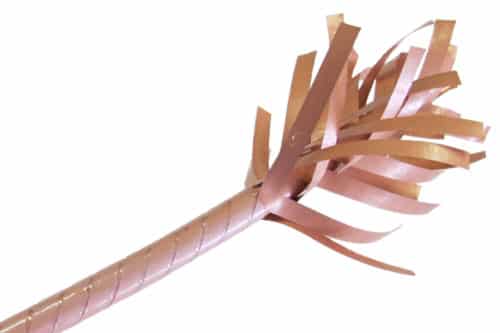FSU researchers take a step towards advancing the field of power systems technology, with the help of an ongoing collaboration that has been funded by Small Business Innovation Research (SBIR) grants from the U.S. Navy.
Researchers at Florida State University’s Center for Advanced Power Systems (CAPS) have demonstrated a new, ready-to-use superconducting cable system in collaboration with Colorado-based Advanced Conductor Technologies — an advancement in superconductor technology that drives the development of technologies such as all-electric ships and aeroplanes.
Superconducting wires can move electrical current without resistance, but they must be kept at extremely low temperatures. The researchers demonstrated a cooling device that relies on helium gas.

“We want to make these cables smaller, with lower weight and lower volume,” said paper co-author Sastry Pamidi, a FAMU-FSU College of Engineering professor and CAPS associate director. “These are very efficient power cables, and this research is focused on improving efficiency and practicality needed to achieve the promise of next-generation superconductor technology.”
The body of superconducting cables could be cooled with helium gas in the past, but the cable ends required another cooling medium, such as liquid nitrogen. Researchers in this work surmounted that challenge and used helium gas to cool an entire wire system.
Helium stays a gas over a larger temperature range than other mediums, giving engineers more design options. For some applications, liquid nitrogen isn’t a good cooling medium, and this research brings superconducting technology closer to viable solutions in those cases.
“Removing the need for liquid nitrogen to pre-cool the current leads of the superconducting cable and instead using the same helium gas that cools the cable allowed us to make a highly compact superconducting power cable that can be operated in a continuous mode,” said Danko van der Laan, ACT’s founder. “It therefore has become an elegant system that’s small and lightweight and it allows much easier integration into electric ships and aircraft.”
The entire study can be read here.





